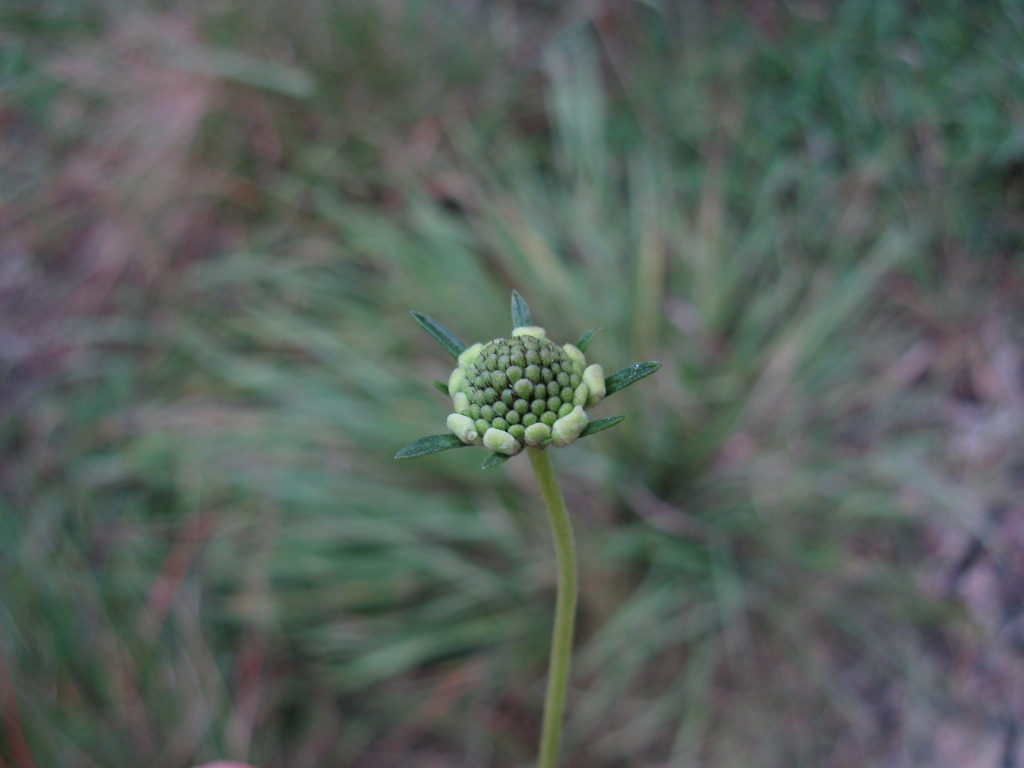Dipsacaceae
Annual, biennial or perennial herbs, rarely shrubs. Leaves opposite or whorled, basally joined by a ridge across the node, simple, margins entire, toothed or pinnatifid; stipules absent. Inflorescences cymose heads, subtended by leaf-like involucral bracts. Flowers zygomorphic, bisexual or functionally female, each usually with an epicalyx and subtended by a receptacle bract; calyx cupular, entire or with numerous small lobes, persistent; corolla funnel-shaped, subequally 4- or 5-lobed or distinctly 2-lipped; stamens 2–4, epipetalous, alternating with petals, anthers 2-celled, dehiscing by longitudinal slits; ovary inferior, 1-celled from 2 fused carpels, ovule 1, pendulous, style slender, stigma simple or 2-lobed. Fruit dry, indehiscent, with endosperm, enclosed in persistent epicalyx.
11 genera and c. 350 species, almost cosmopolitan but mostly in Eurasia and Africa; 2 genera naturalised in Australia.
Jeanes, J.A. (1999). Dipsacaceae. In: Walsh, N.G.; Entwisle, T.J., Flora of Victoria Vol. 4, Cornaceae to Asteraceae, pp. 650–651. Inkata Press, Melbourne.
 Spinning
Spinning